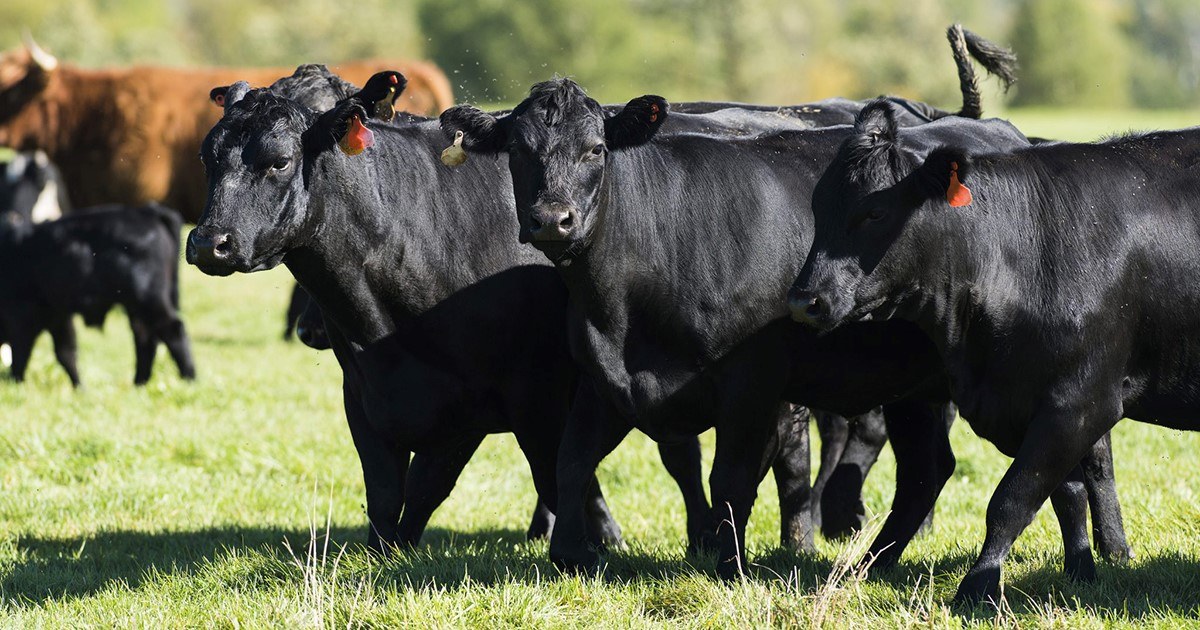
Last week, U.S. Secretary of Agriculture Brooke Rollins announced an aggressive initiative to combat the New World Screwworm (NWS).
NWS is a devastating pest. When NWS fly larvae (maggots) burrow into the flesh of a living animal, they cause serious, often deadly damage to the animal. NWS can infest livestock, pets, wildlife, occasionally birds, and in rare cases, people. It is considered a major threat to the ranching community, but also to the nation’s food supply and national security.
NWS threatens over $100 billion in U.S. economic activity tied to the cattle and livestock industry alone. The USDA has rolled out a five-pronged plan to combat New World Screwworm.
Innovation towards eradication
While sterile flies are currently the most effective way to prevent the spread of NWS, technology continues to evolve and as such USDA will provide up to $100 million to invest in viable innovations which could show rapid advancement of promising technologies that will augment the United States facility and accelerate the pace of sterile fly production if proven successful.
Construct a domestic sterile facility
USDA will construct a sterile fly production facility in Edinburg, Texas at Moore Air Force Base, an ideal location due to the existing infrastructure and proximity to the United States-Mexico border. Built with the Army Corps of Engineers, the facility will produce up to 300 million sterile flies per week to combat NWS. This will be the only United States-based sterile fly facility and will work in tandem with facilities in Panama and Mexico to help eradicate the pest and protect American agriculture.
Wildlife migration prevention
Animals don’t know borders, and that leaves the U.S potentially vulnerable to NWS from wildlife migrating across the border. USDA is working aggressively to ramp up the hiring of USDA-employed mounted patrol officers, known as “Tick Riders,” and other staff who will focus on border surveillance. USDA will also begin training detector dogs to detect screwworm infestations in livestock and other animals along our border and at various ports of entry.
Stop the pest from spreading in Mexico
USDA Animal and Plant Health Inspection Service (APHIS) is working in collaboration with the National Service of Agri-Food Health, Safety and Quality (SENASICA) in Mexico to help them contain the pest south of the United States border.
Greater monitoring of U.S. food safety
To date, NWS has not been reported or detected in the United States in animals. USDA’s Food Safety and Inspection Service inspects animals and carcasses at slaughter, including for NWS to keep the food supply safe.
“We have assessed the information on the ground in Mexico and have determined we must construct an additional sterile fly production facility in the United States to stop the northward advancement of this terrible pest that is threatening American cattle production,” said Rollins.
“If our ranchers are overrun by foreign pests, then we cannot feed ourselves. USDA and Customs and Border Protection are constantly monitoring our ports of entry to keep NWS away from our borders. We are working every day to ensure our American agricultural industry is safe, secure, and resilient,” she added.
“This is bold, decisive action to protect American livestock from the threat of New World Screwworm,” said U.S. Sen. John Boozman, R-Ark., chairman of the Senate Committee on Agriculture, Nutrition, and Forestry. I commend Secretary Rollins for prioritizing a domestic sterile fly production facility in South Texas and expanding key risk mitigation efforts.”
